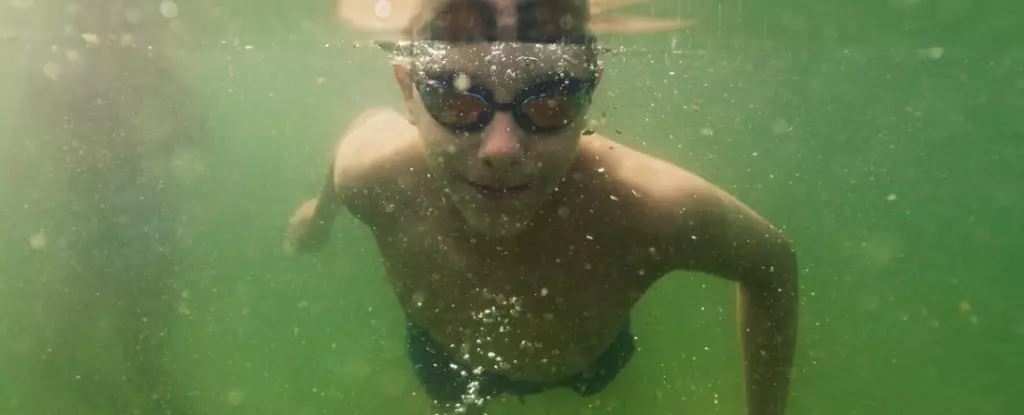As summer heat sweeps over us, indulging in activities like swimming is a quintessential way to find both enjoyment and relief. While many of us consider pristine ocean beaches as the perfect escape, numerous alternatives exist closer to home, including freshwater streams, lakes, rivers, and swimming pools. On the surface, these freshwater bodies might seem inviting and benign, but they harbor risks that aren’t immediately apparent. Among these, one of the most alarming threats is a microorganism colloquially recognized as the “brain-eating amoeba,” or more formally, Naegleria fowleri.
Naegleria fowleri is a single-celled organism that has drawn considerable attention due to its rare but devastating potential to cause a condition known as primary amoebic meningoencephalitis (PAM). This pathogen was first identified in the 1960s after a string of unexplained deaths linked to an atypical form of meningitis in South Australia. With a staggering fatality rate of approximately 97.5%, its presence in freshwater ecosystems is especially distressing. The Centers for Disease Control and Prevention (CDC) reports that out of 164 cases documented in the United States between 1962 and 2023, only four individuals survived the infection. This raises serious alarms about the understanding and awareness surrounding this deadly organism.
Interestingly, Naegleria fowleri thrives predominantly in warm freshwater—temperatures ranging between 25°C and 40°C—making its presence more likely in heated sources or during hot summer months. The amoeba is not found in properly chlorinated swimming pools or saltwater environments, thus emphasizing the importance of water treatment to ensure safety from N. fowleri. Infections can occur through exposure in natural waters like lakes, hot springs, and rivers, where safety measures may not be consistently enforced.
Infections arising from N. fowleri follow a unique route. Unlike many pathogens, it cannot be transmitted by drinking contaminated water. Instead, it enters the body via the nasal passages, typically when water is inadvertently inhaled. This mechanism of infection highlights the importance of awareness during swimming activities, especially for children who engage in playful splashing.
It is critical for swimmers to understand the symptoms associated with a N. fowleri infection. Initial warning signs are akin to those of less severe ailments, including headaches, fever, nausea, vomiting, and neck stiffness. The progression of PAM is exceptionally rapid, often culminating within a week of exposure, which significantly complicates recovery odds. If someone exhibits these symptoms in the wake of swimming in possibly contaminated waters, timely medical intervention is imperative.
Despite the dire survival statistics, there have been rare instances where quick medical responses have yielded positive outcomes. However, the reality of the situation remains that knowledge and caution are our best defenses.
The risks associated with Naegleria fowleri may seem intimidating, yet there are proactive measures swimmers can take. The first and foremost step is to avoid placing one’s head underwater, particularly for children, who are more likely to playfully immerse themselves. Additionally, if considering a freshwater swimming site, it’s wise to prioritize well-maintained pools with appropriate chlorine levels, since these conditions effectively neutralize the amoeba’s survival.
When exploring freshwater locations, if uncertainty about water safety arises, it’s safest to assume that amoeba presence is possible. Knowledge of local reports regarding water quality can also guide decisions regarding swimming. As a rule of thumb, swimming in chlorinated pools is the safest option for both you and your loved ones, particularly children who are especially vulnerable to infections.
Embracing outdoor swimming during warm summer months can yield delightful experiences. By acknowledging the potential dangers presented by organisms such as Naegleria fowleri, we can adopt safe swimming practices and enhance our awareness of our surroundings. Protecting ourselves and our children means taking care to avoid situations that might result in unfortunate exposures. The allure of freshwater lakes, rivers, and hot springs can still be enjoyed—just with vigilance and sensible precautions. Ultimately, with adequate knowledge and preventive measures, we can enjoy the pleasures of summer swimming while minimizing risk.


Leave a Reply